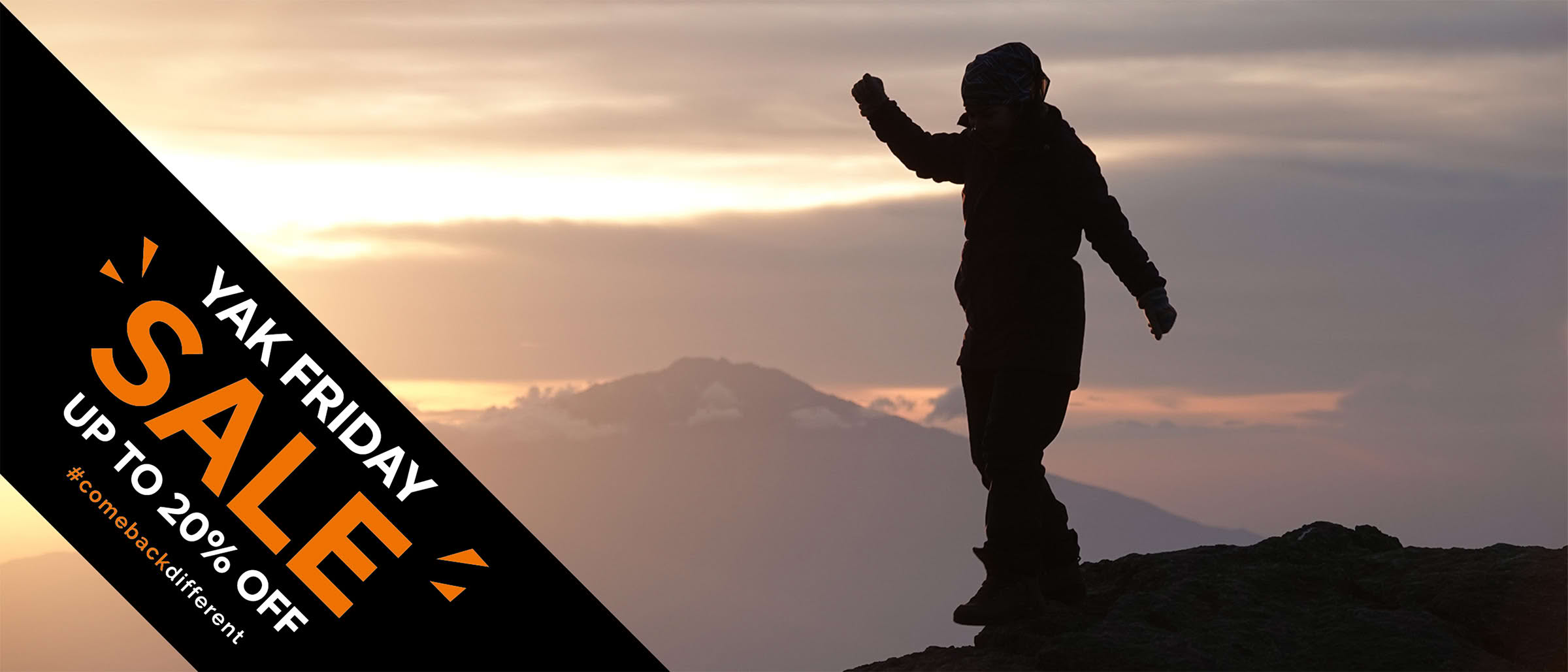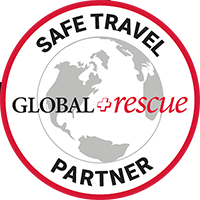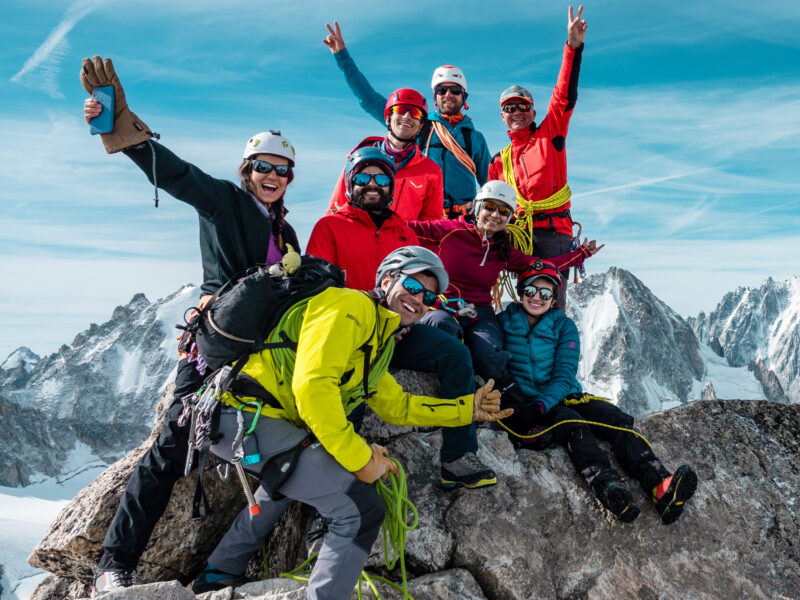BY Rami Rasamny | March 01 2019
Diamox – The Debate That Keeps On Giving

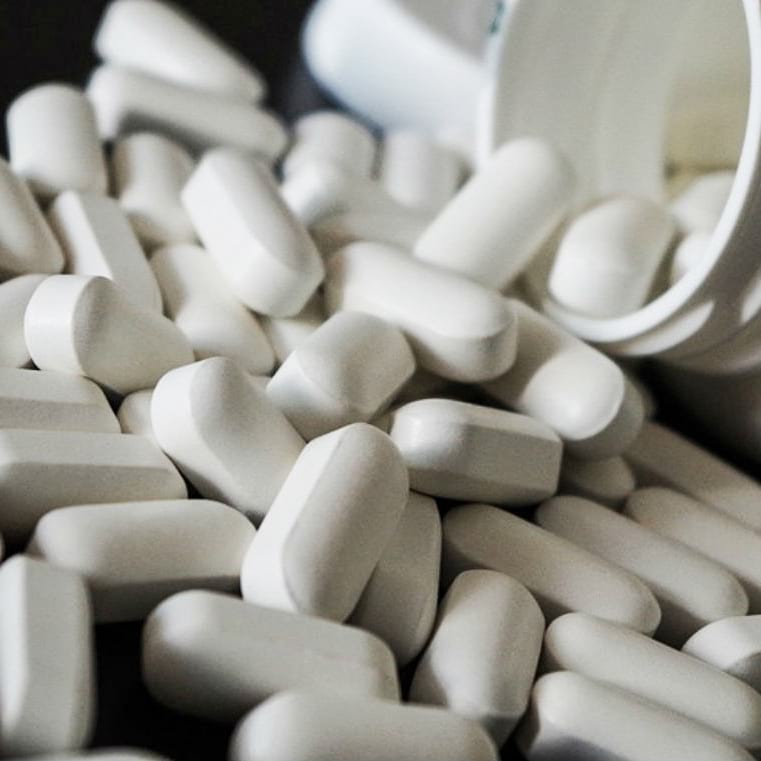
“Well as a start, saying Diamox is like calling a vacuum cleaner a “Hoover”. The actual medication is called Acetazolamide”
Anyone who’s ever thought about climbing Kilimanjaro or any other high altitude mountain has undoubtedly come across “altitude sickness” when doing their research. Actually “coming across” is putting it mildly. It seems like the only bit of research, apart from what jabs we need before traveling to Africa seems to be just that. Of course, the next inevitable key word that goes into the google search is “prevention”, and that my dear readers is how Diamox becomes the latest addition to the ever expanding vocabulary of terms that are we deeply misunderstand but pretend we know everything about. So how does this miracle cure work? What’s in it? And most important of all, when should I use it?
HOW ACCLIMITIZATION WORKS
As we go higher and higher into the atmosphere we find that there is less oxygen to breathe. To compensate for this, our body produces more red blood cells to efficiently transport less oxygen per breath across our body. The process of producing these new red blood cells is what we call “acclimatization.” It’s actually not that exciting once we understand what it means.
Altitude related illness tends to occur when either the body is not given enough time to produce the red blood cells because we’re going too fast and over exerting ourselves, or our body is reacting negatively to this new concentration of red blood cell saturation. On mountains like Kilimanjaro, both forms usually dissipate over time as we allow our bodies to naturally adapt, but sometimes our body just doesn’t want to adapt or can’t do it in the time we’ve allocated to climb the mountain. And that’s when the inevitable question of taking “Diamox” enters the mess tent discourse.
WHAT IS DIAMOX?
Well as a start, saying Diamox is like calling a vacuum cleaner a “Hoover”. The actual medication is called Acetazolamide and it was originally used as a treatment for an eye illness called open angle glaucoma. The medication works tricks the body into believing it has an abnormally high CO2 concentration and forces catalyzes its excretion. It basically enables your blood to make room for more O2 to be absorbed through respiration.
WHEN SHOULD I USE IT?
The answer amongst mountaineers is simple: Use only when you need that extra kick to get you OFF the mountain.
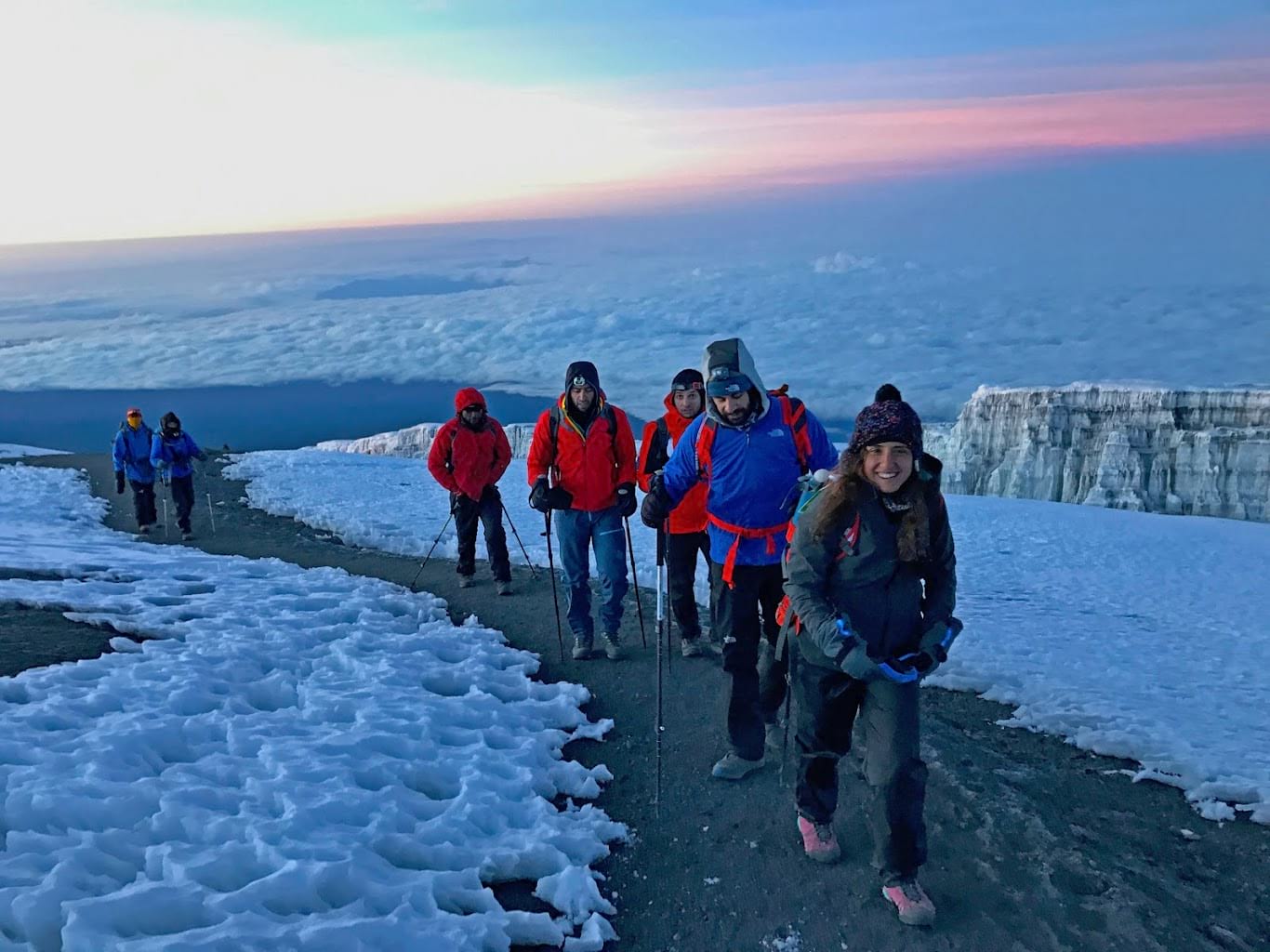
“Whereas preemptively medicating was once conventional wisdom over a decade ago, it has gone the way of the fat free diet.”
Yes my dear readers, you have been performing a mountaineering faux-pas by preemptively taking Acetazolamide even though your local Kilimanjaro guide was probably very adamant that you do and the absolute worst offenders are those of us who take it before we even start up the mountain! These aren’t Malaria meds.
Whereas preemptively medicating was once conventional wisdom over a decade ago, it has gone the way of the fat free diet. That is to say, it is very outdated science. I’ve seen those same guides dragging clients up the mountain who are exhibiting clear signs of Edema, the most serious symptoms related to altitude. Nothing beats proper acclimatization. Your body will adapt even if it may be unpleasant for some us, and giving it the time it needs is infinitely more affective in combating altitude than the tiny kick that you get from the meds.
Far more important however, is that if you do take the meds prematurely and you get altitude sickness at a later stage, you can’t be given more meds. So you’ve effectively eliminated your treatment option by not allowing your body to acclimatize naturally and using medication that should be available only under extreme circumstances. It is not there to be a boost up the mountain. It is there to save you by giving you the boost you need to get off the mountain.
SO IS IT ALL DOOM AND GLOOM ON KILIMANJARO
Not at all. As with most things in life, we always hear a disproportionate amount on the peripheral issues and not nearly enough about the substance. Altitude is part of climbing. We all feel it and deal with it in different ways. It is actually part of the challenge and one that should be understood rather than feared. Only a small minority of people go beyond mild headaches during the acclimatization process on mountains like Kilimanjaro, and these symptoms can be treated very easily with proper hydration and sometimes using a pain killer. But reading the literature out there you’d think the trail to the summit is littered with victims of altitude sickness. It is not.
As with all things in the outdoors, learn about it, understand it, ask for advice from those around you who have a better understanding of it, be weary of the amateur veterans who like to tell a good at the expense of the whole truth, and then when you’re confident and ready, go out there and enjoy it!
About The Author
Rami Rasamny is the founder of Life Happens Outdoors, a premium adventure travel community dedicated to transforming lives through curated outdoor experiences. A mountaineer and entrepreneur, Rami has led teams on some of the world’s most challenging peaks, from the Alps to the Himalayas. His mission is to make adventure accessible, transformative, and safe for all who seek to push their limits and Come Back Different.
About Life Happens Outdoors
At Life Happens Outdoors, we believe in the power of nature to transform lives. As proud members of the Adventure Travel Trade Association (ATTA) and the World Travel & Tourism Council (WTTC), our team of certified guides and outdoor professionals is committed to the highest standards of safety, sustainability, and excellence.
Discover more about our story and mission on our Meet LHO page, or explore our curated adventures such as the Tour du Mont Blanc Trek, the Climb of Kilimanjaro, and Chasing the Northern Lights.









